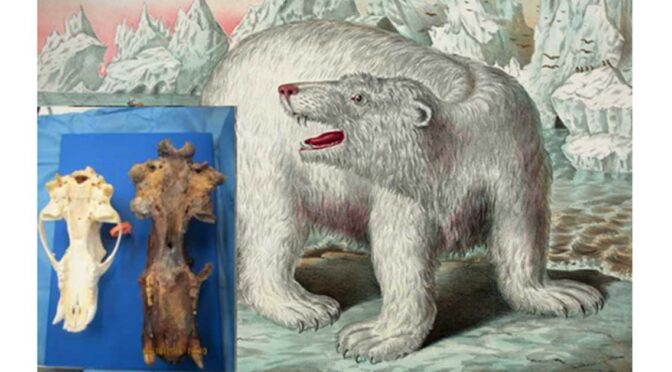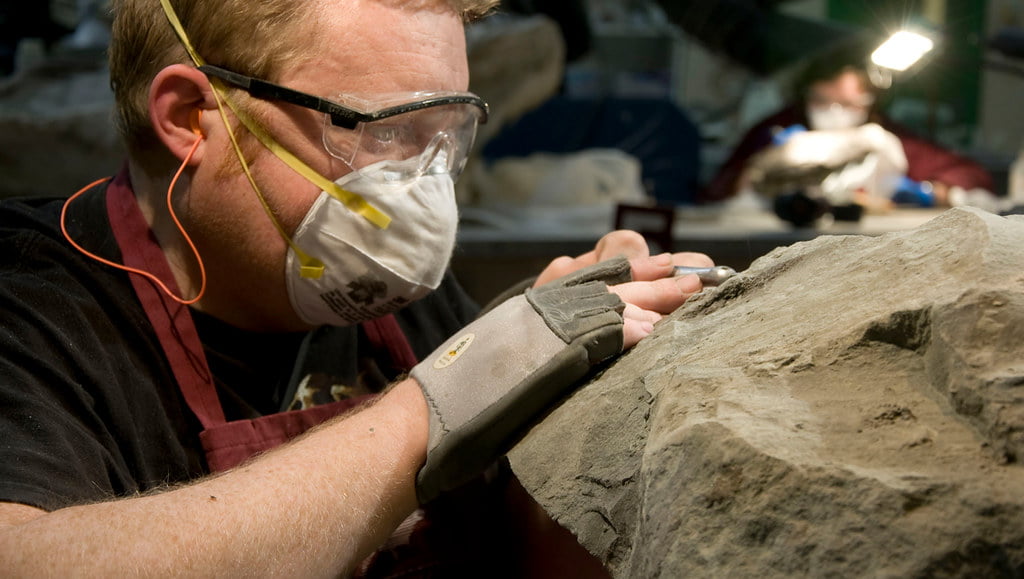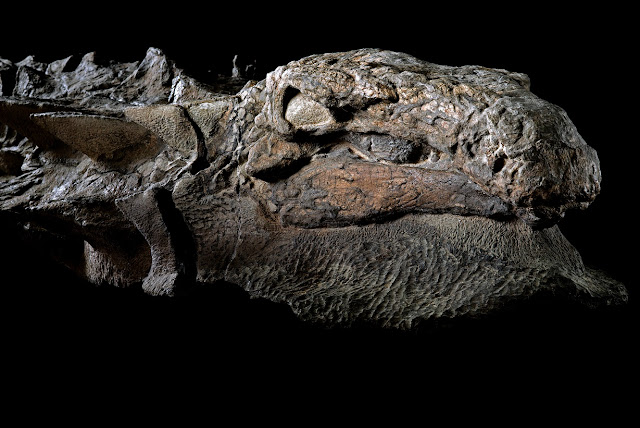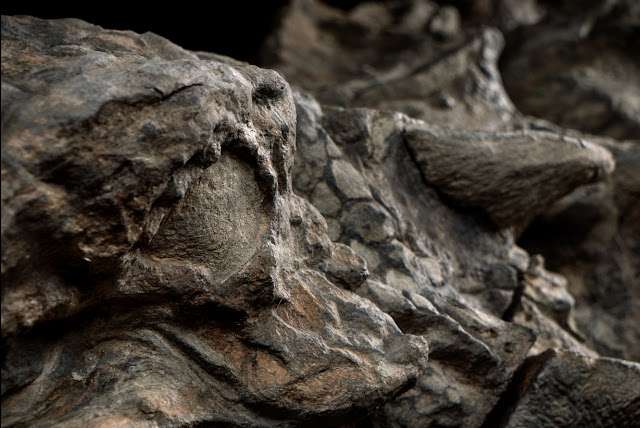The emergence of life on Earth could have occurred 300,000 million years earlier.
An international team of scientists has identified mysterious filaments and tubes in fossils that were discovered several years ago in a fist-sized piece of ancient rock.
It is established that these traces were left by a biological form of life about 300 million years before life appeared on Earth, at least according to the generally accepted theory.
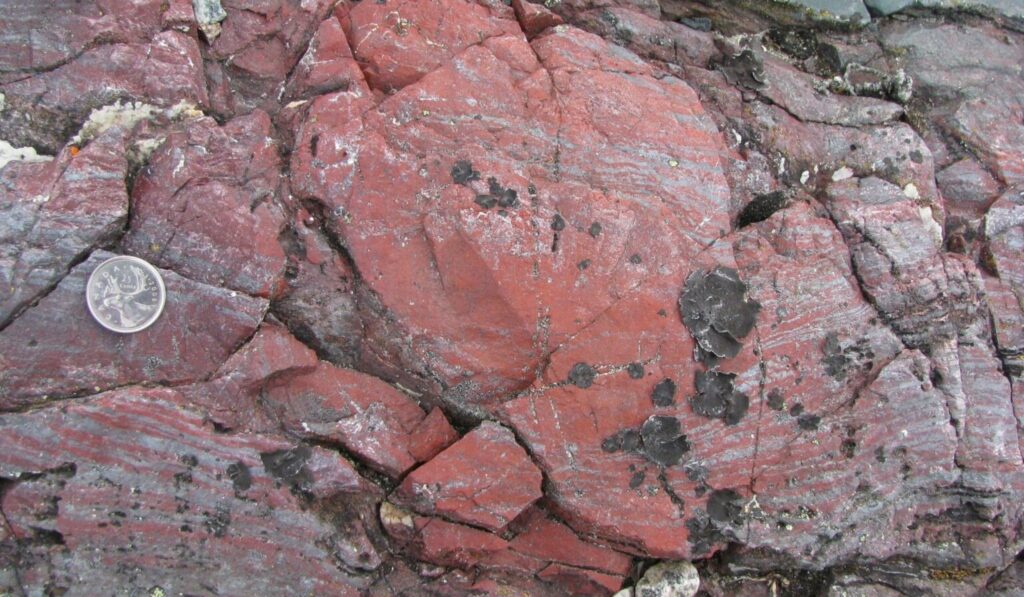
Initial discovery: Samples did not fit the generally accepted theories
These stone was discovered in 2008 in Quebec, Canada. Inside it, scientists found clearly visible comb-branched and parallel centimetre-sized filaments, consisting of red hematite. Some of them have curves, tubes, and various kinds of spheroids.
Initially, it was stated that the piece of rock contains the oldest fossils on Earth of microorganisms that lived on the seabed near hydrothermal vents and metabolized iron, sulfur, and carbon dioxide.
However, this statement immediately had opponents, since the age of the traces found did not fit into the generally accepted theory of the origin of life.
Age of the samples: When did life appear on Earth?
Already a preliminary analysis showed that these traces were left in the period from 3.75 to 4.28 billion years ago. And in itself, this conclusion challenges the generally accepted idea of when life began.
After all, if this is true, then complex life on our planet appeared about 300 million years earlier than previously thought. In addition, it turns out that it appeared about 300 million years after the Earth itself was born.
“For more than 40 years, microbiologists have told us that the origin of life most likely occurred in hydrothermal vent environments, with microorganisms eating iron and probably sulfur, as we can infer from our own observations.”
Subsequent research concluded that this is the oldest evidence of life on Earth
Speaking of traces, opponents of the new theory argued that traces like biomarkers could also be created by non-biological materials. This is indeed possible. Therefore, the aim of the new study was to determine whether the disputed filaments and tubes are biological or not.
The conclusions made by the new research team suggest that traces were probably left by the most ancient bacteria ever discovered to date.
Certain structures could have been created by natural chemical reactions but the majority of the patterns should be the result of prehistoric iron-eating microbes.

In their work, the team also provides evidence that these ancient bacteria received their energy in different ways.
Apparently, they could do absolutely without oxygen and lived only at the expense of iron, sulfur, carbon dioxide, and light, which participated in biological processes in the form of photosynthesis.
In short, the new results, according to the researchers, suggest that diverse microbial life could have appeared on Earth as little as 300 million years after the formation of the planet. Geologically, it’s not just fast, it’s incredibly fast.












